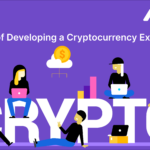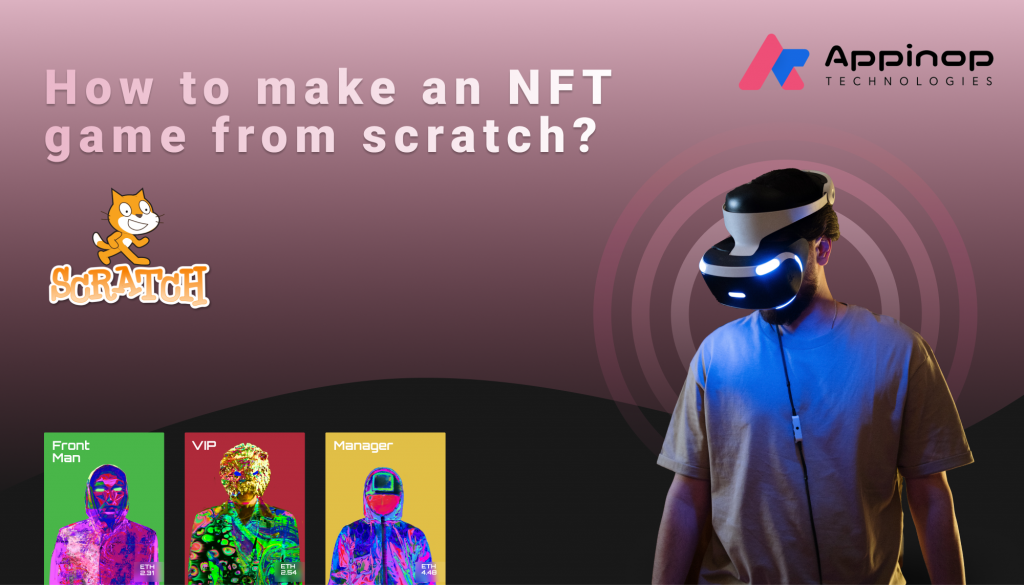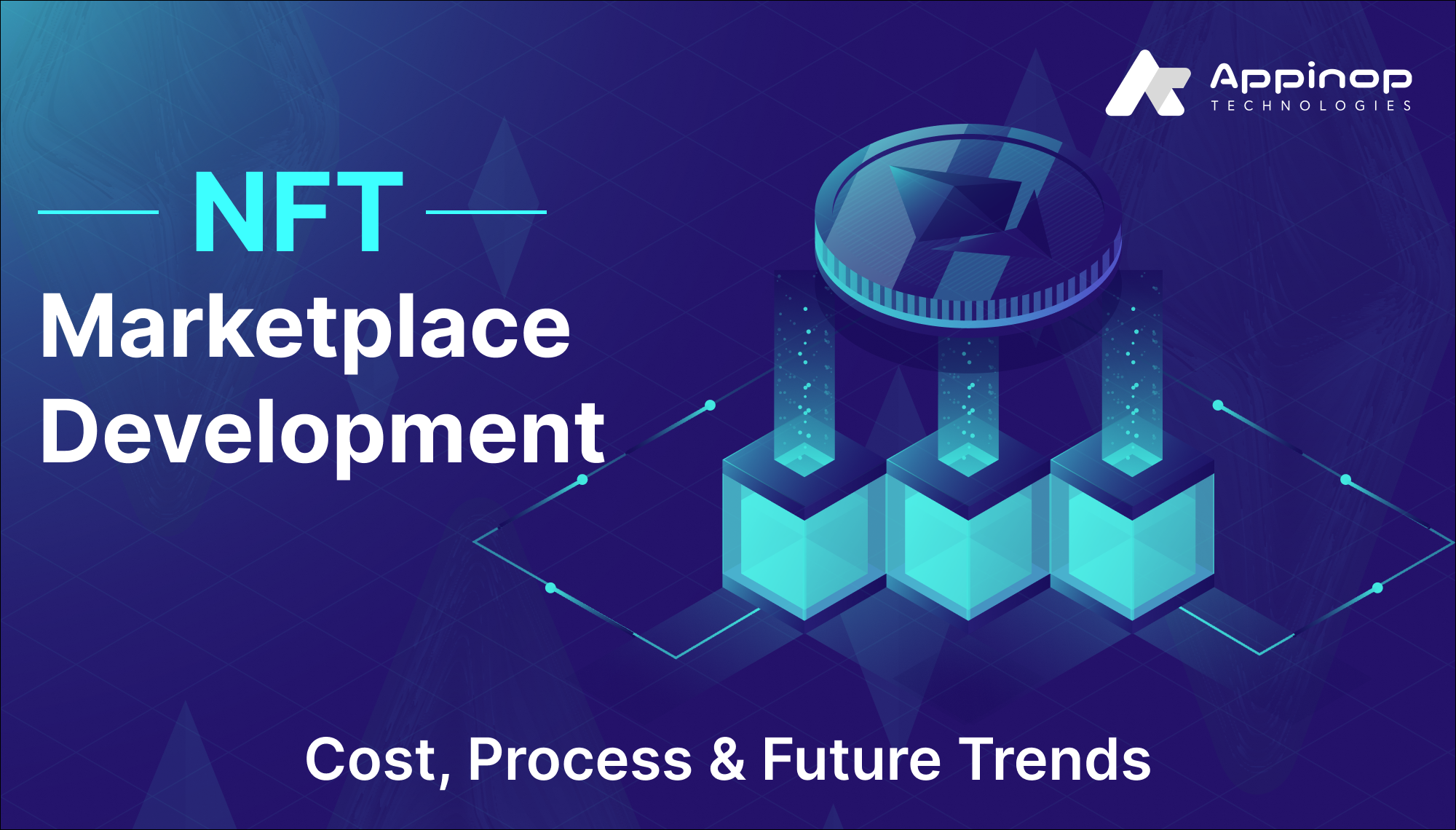
The Complete Guide on NFT Marketplace Development-Cost, Process 2024
Are you planning to develop your own NFT marketplace? Are you looking at the NFT marketplace development With Cost in 2024? If these questions are striking over your mind, you have landed on the right page.
In the bustling world of cryptocurrency and blockchain technology, one term that has been making waves recently is NFTs (Non-Fungible Tokens).
These digital assets represent ownership or proof of authenticity of unique items or digital content and have gained immense popularity in various fields, including art, gaming, collectibles, and even real estate.
However, behind the scenes, the infrastructure supporting the trading and exchange of NFTs is equally important. This leads us to the concept of NFT marketplace development.
What are NFT Marketplaces?

NFT marketplaces serve as pivotal platforms enabling creators to mint, buy, sell, and trade non-fungible tokens. Beyond mere transactions, they curate a dynamic digital arena where users can seamlessly discover, showcase, and engage with NFTs.
These marketplaces are not just conduits for commerce but bastions of trust, ensuring transactions are secure, transparent, and immutable through the power of blockchain technology. By harnessing decentralized ledgers, they guarantee the authenticity of digital assets, empowering creators and collectors alike.
With robust infrastructures supporting every interaction, NFT marketplaces foster vibrant ecosystems where innovation thrives, and value proliferates. In this rapidly evolving landscape, these platforms stand as pillars, shaping the future of ownership and expression in the digital realm.
Key Components of NFT Marketplace Development

1. Smart Contracts
At the core of any NFT marketplace are smart contracts. These self-executing contracts are programmed on blockchain networks like Ethereum and facilitate the creation, ownership, and transfer of NFTs.
Smart contracts define the rules and conditions of transactions, including royalties for creators, ownership rights, and transferability.
2. User Interface (UI) and User Experience (UX)
An intuitive and engaging UI/UX design is crucial for attracting and retaining users on an NFT marketplace. The interface should be user-friendly, allowing creators to easily mint NFTs, buyers to browse and purchase them, and collectors to manage their collections seamlessly.
3. Wallet Integration
Integration with digital wallets is essential for users to store, manage, and transact their NFTs securely. Wallet integration enables users to connect their cryptocurrency wallets to the marketplace, facilitating the transfer of funds and ownership of NFTs.
4. Metadata Management
NFTs contain metadata that provides information about the digital asset, such as its title, description, creator, and properties. NFT marketplaces should support the storage and retrieval of metadata associated with each token, ensuring transparency and authenticity.
5. Licensing and Royalties
NFT marketplaces often incorporate licensing and royalty mechanisms to compensate creators for their work. Smart contracts can automate royalty payments, ensuring that creators receive a percentage of secondary sales whenever their NFTs are resold in the marketplace.
6. Scalability and Performance
As the popularity of NFTs continues to grow, scalability and performance become critical considerations for NFT marketplace development. The platform should be capable of handling a large number of users, transactions, and digital assets without compromising speed or reliability.
How Much does it Cost to Develop NFT Marketplace in 2024?
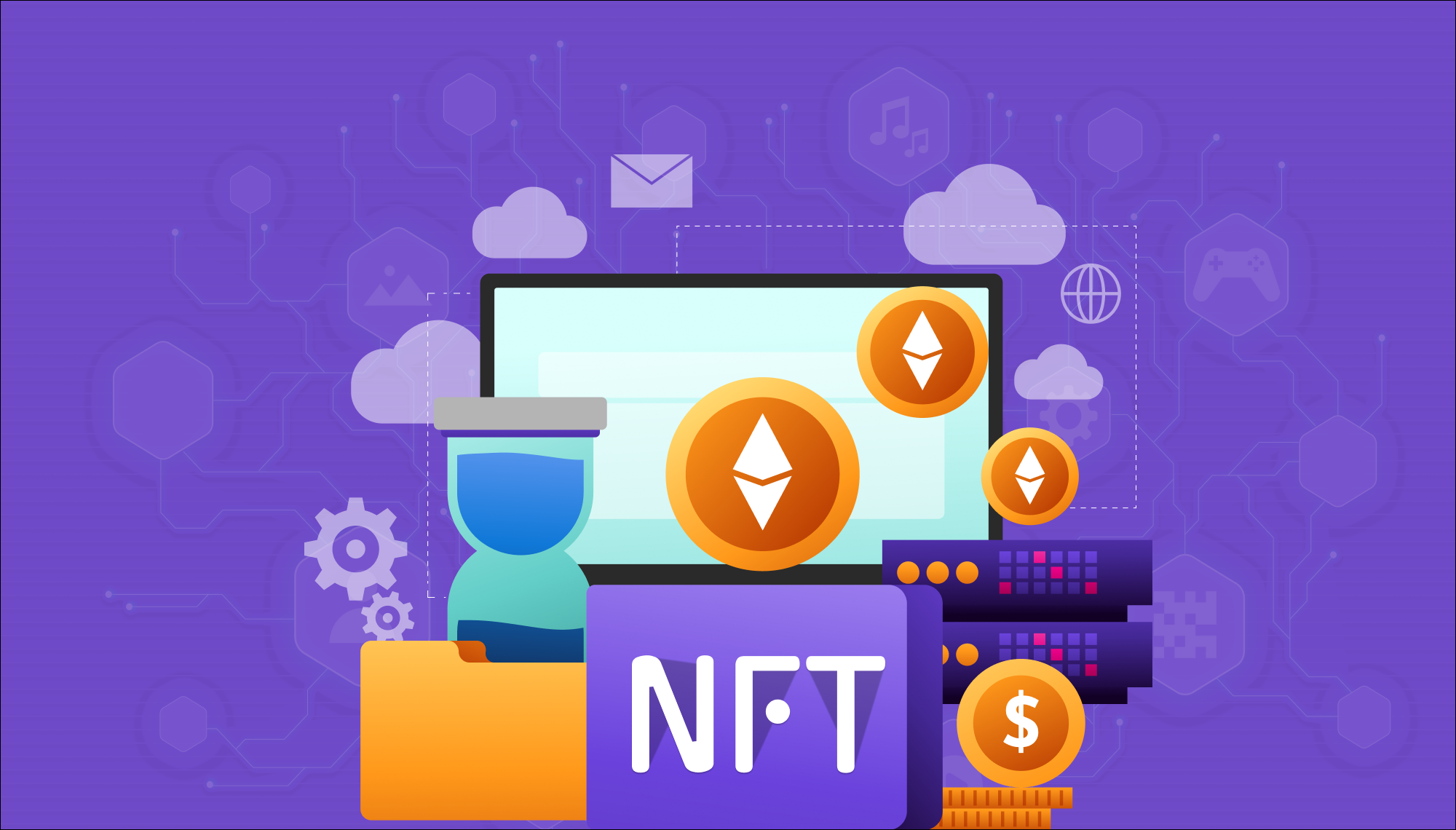
The cost of developing an NFT marketplace in 2024 can vary significantly based on factors such as the platform’s features, complexity, scalability requirements, and development team’s hourly rates. Generally, a basic NFT marketplace with essential features may cost around $50,000 to $100,000 to develop in India.
However, for more sophisticated platforms with advanced functionalities like dynamic NFTs, fractional ownership, and cross-platform integration, the development cost can range from $100,000 to $500,000 or more.
Key NFT marketplace development cost components include smart contract development, frontend and backend development, blockchain integration, UI/UX design, testing, deployment, and ongoing maintenance. Additionally, expenses related to regulatory compliance, security audits, and marketing should be considered.
Engaging experienced blockchain developers and UI/UX designers, as well as utilizing efficient development tools and technologies, can help optimize costs while ensuring the quality and scalability of the NFT marketplace.
Factors Impacting NFT Marketplace Development Cost
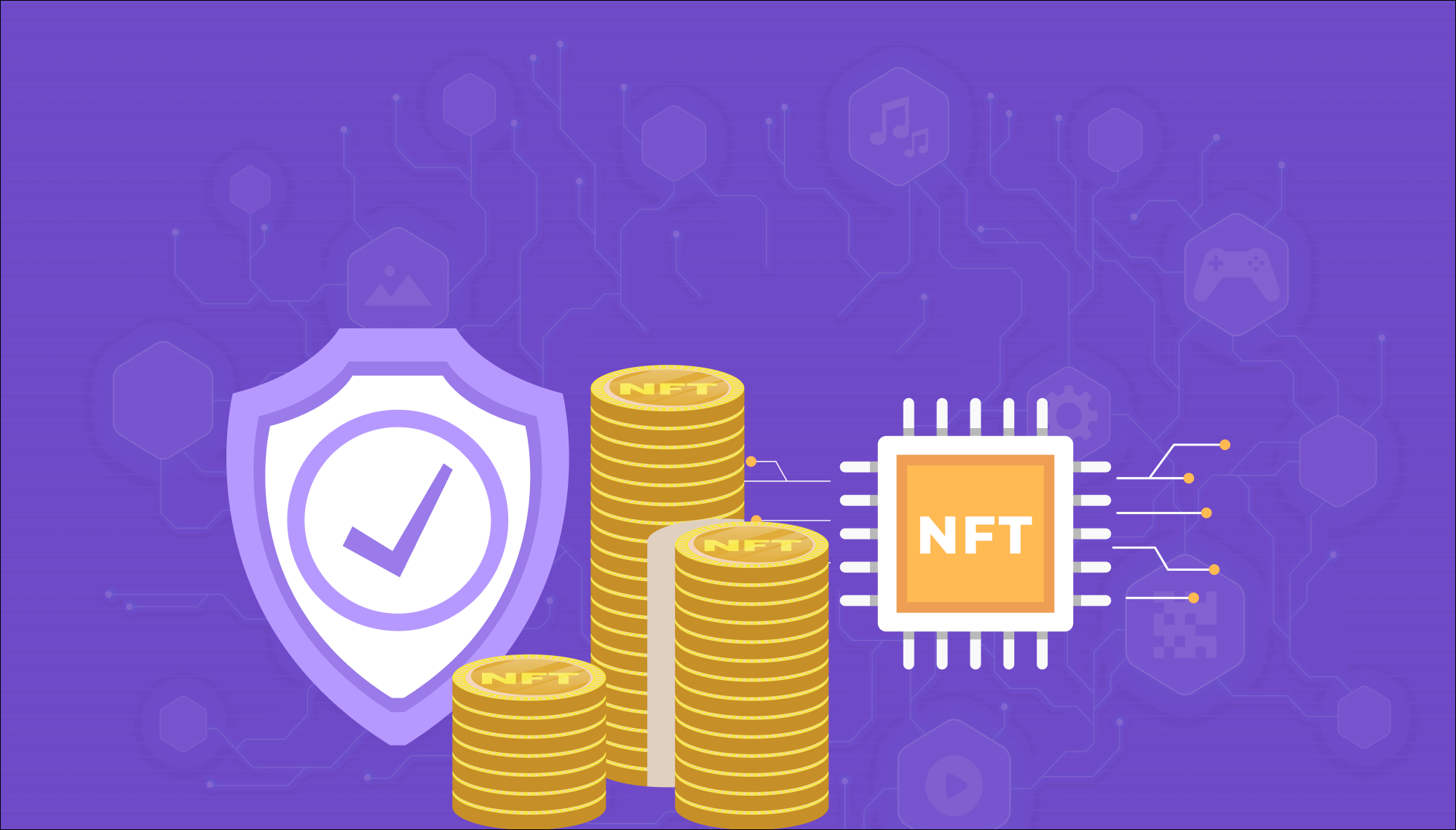
Several factors influence the cost of developing an NFT marketplace, reflecting the intricacies and requirements of creating a robust platform capable of handling non-fungible tokens securely and efficiently. Here are seven key factors that impact the development cost:
1. Features and Functionality
The complexity and breadth of features desired for the NFT marketplace play a significant role in determining development costs. Basic features include user registration, NFT minting, buying, selling, and wallet integration.
However, additional functionalities such as bidding, auctions, collections management, royalties, licensing, and secondary sales mechanisms can increase development complexity and cost.
2. Blockchain Platform
The choice of blockchain platform on which the NFT marketplace will be built is crucial. Ethereum is the most common choice due to its robust smart contract capabilities and established ecosystem for NFT development.
However, other blockchain networks like Binance Smart Chain, Flow, or Polkadot may be considered based on specific requirements such as scalability, transaction fees, and interoperability.
The development cost may vary depending on the chosen blockchain platform and its associated development tools and resources.
3. Smart Contract Development
Smart contracts govern the creation, ownership, and transfer of NFTs on the blockchain. The complexity of smart contract logic, including minting, buying, selling, royalties, and licensing agreements, influences development costs.
Highly customized smart contracts with advanced functionalities will require more development time and expertise, thus increasing the overall project cost.
4. UI/UX Design
User interface (UI) and user experience (UX) design are critical for creating an engaging and intuitive NFT marketplace. The complexity of UI/UX design, including wireframing, prototyping, graphic design, and frontend development, impacts development costs.
A well-designed interface that provides seamless navigation, showcases NFTs effectively, and offers intuitive interactions enhances user engagement but may require additional investment in design resources.
5. Integration with Wallets and APIs
Integrating digital wallets and blockchain APIs is essential for facilitating secure transactions and interactions on the NFT marketplace.
The complexity of wallet integration, including support for various cryptocurrency wallets, blockchain networks, and transaction protocols, influences development costs.
Additionally, integration with external APIs for features like identity verification, payment processing, and analytics may incur additional expenses.
6. Scalability and Security
Scalability and security are paramount considerations for NFT marketplaces, particularly as they grow in user base and transaction volume.
Implementing scalable architecture, load balancing, caching mechanisms, and data encryption enhances the platform’s performance and security but may require additional development effort and infrastructure costs.
Conducting security audits, penetration testing, and implementing best practices for data protection add to the overall project cost but are essential for safeguarding users’ assets and data.
7. Regulatory Compliance and Legal Considerations
NFT marketplaces must adhere to regulatory frameworks governing digital assets, intellectual property rights, and financial transactions.
Compliance with anti-money laundering (AML) and know your customer (KYC) regulations, as well as licensing requirements, may involve legal consultations, compliance assessments, and implementation of compliance measures, increasing development costs.
Additionally, ongoing legal support and updates to ensure compliance with evolving regulations contribute to the overall cost of operating the NFT marketplace.
The cost of developing an NFT marketplace depends on a variety of factors. By carefully evaluating these factors and allocating resources effectively, businesses can ensure the successful development and launch of an NFT marketplace that meets the needs of creators, collectors, and investors while adhering to industry best practices and regulatory requirements.
NFT Marketplace Development Process
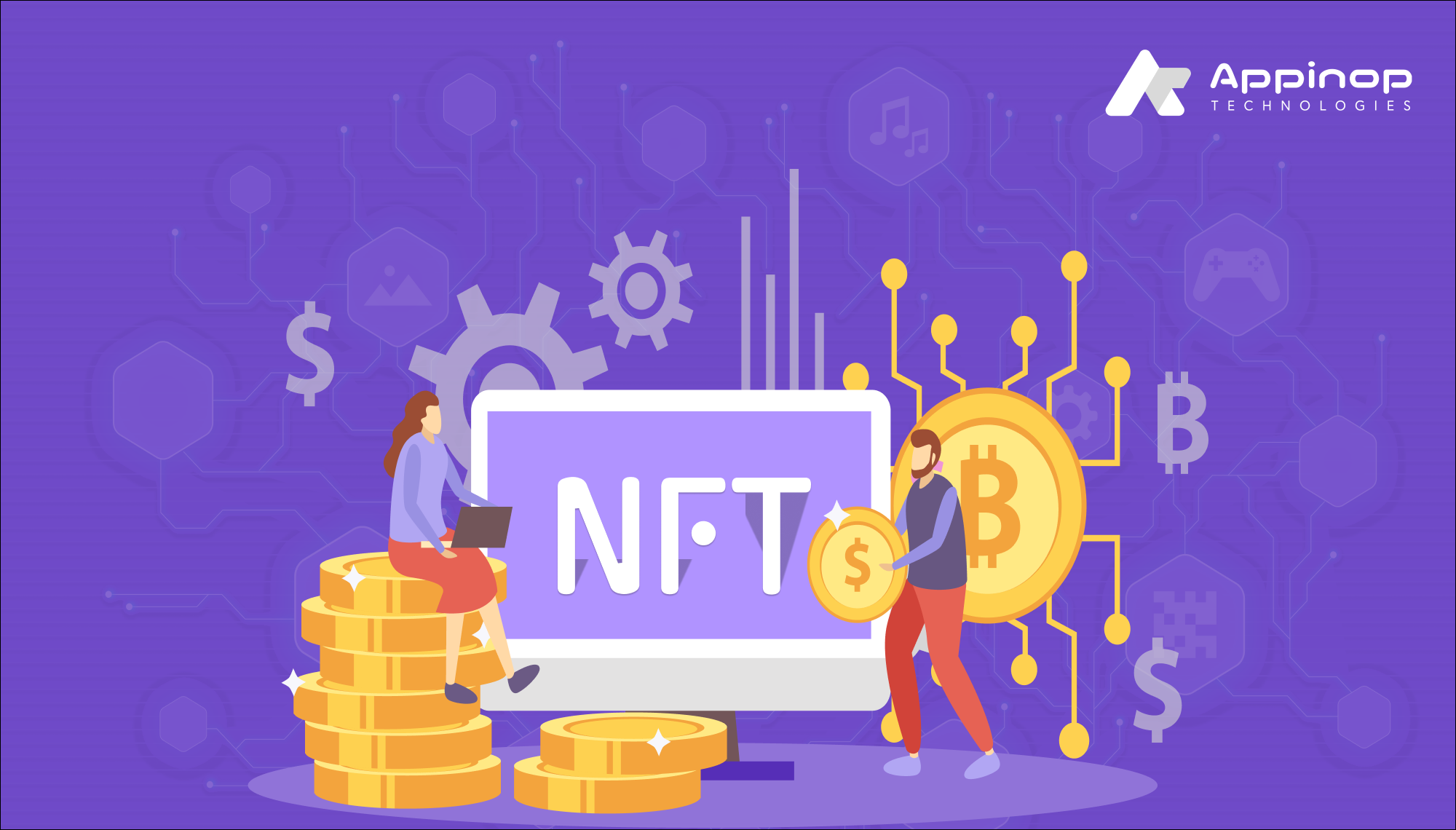
The development of an NFT marketplace involves a structured process to ensure the creation of a secure, user-friendly platform capable of handling the unique requirements of non-fungible tokens. Here’s a breakdown of the key steps involved:
Step 1: Market Research and Analysis
Begin by conducting thorough market research to understand the existing landscape of NFT marketplaces, including their features, target audience, and competitive advantages. Identify market gaps and opportunities that your platform can capitalize on.
Step 2: Conceptualization and Planning
Define the vision, objectives, and target audience for your NFT marketplace. Develop a comprehensive roadmap outlining the features, functionalities, and technical requirements of the platform.
Consider factors such as scalability, security, and regulatory compliance during the planning phase.
Step 3: Blockchain Selection
Choose a suitable blockchain platform to build your NFT marketplace. Ethereum is the most popular choice due to its robust smart contract capabilities and established ecosystem for NFT development.
Alternatively, consider other blockchain networks like Binance Smart Chain or Flow, depending on your specific requirements.
Step 4: Smart Contract Development
Develop smart contracts to manage the creation, ownership, and transfer of NFTs on the chosen blockchain platform. Define the logic for minting, buying, selling, and transferring NFTs, as well as any additional functionalities such as royalties and licensing agreements.
Step 5: Frontend and Backend Development
Design and develop the frontend and backend components of your NFT marketplace. Create an intuitive user interface (UI) that allows users to browse, mint, buy, and sell NFTs seamlessly. Implement backend functionalities to manage user accounts, transactions, and NFT metadata.
Step 6: Integration of Wallets and APIs
Integrate digital wallets and blockchain APIs to facilitate secure transactions and interactions on your NFT marketplace. Allow users to connect their wallets to the platform, enabling them to manage their NFTs and initiate transactions directly from their wallets.
Step 7: Testing and Deployment
Conduct comprehensive testing to ensure the functionality, security, and performance of your NFT marketplace. Test for usability, compatibility, and security vulnerabilities across different devices and browsers.
Once testing is complete, deploy the platform to production and monitor its performance post-launch.
By following these seven steps, you can successfully develop an NFT marketplace that meets the needs of creators, collectors, and investors while adhering to industry best practices and regulatory requirements.
Future Trends in NFT Marketplace Development
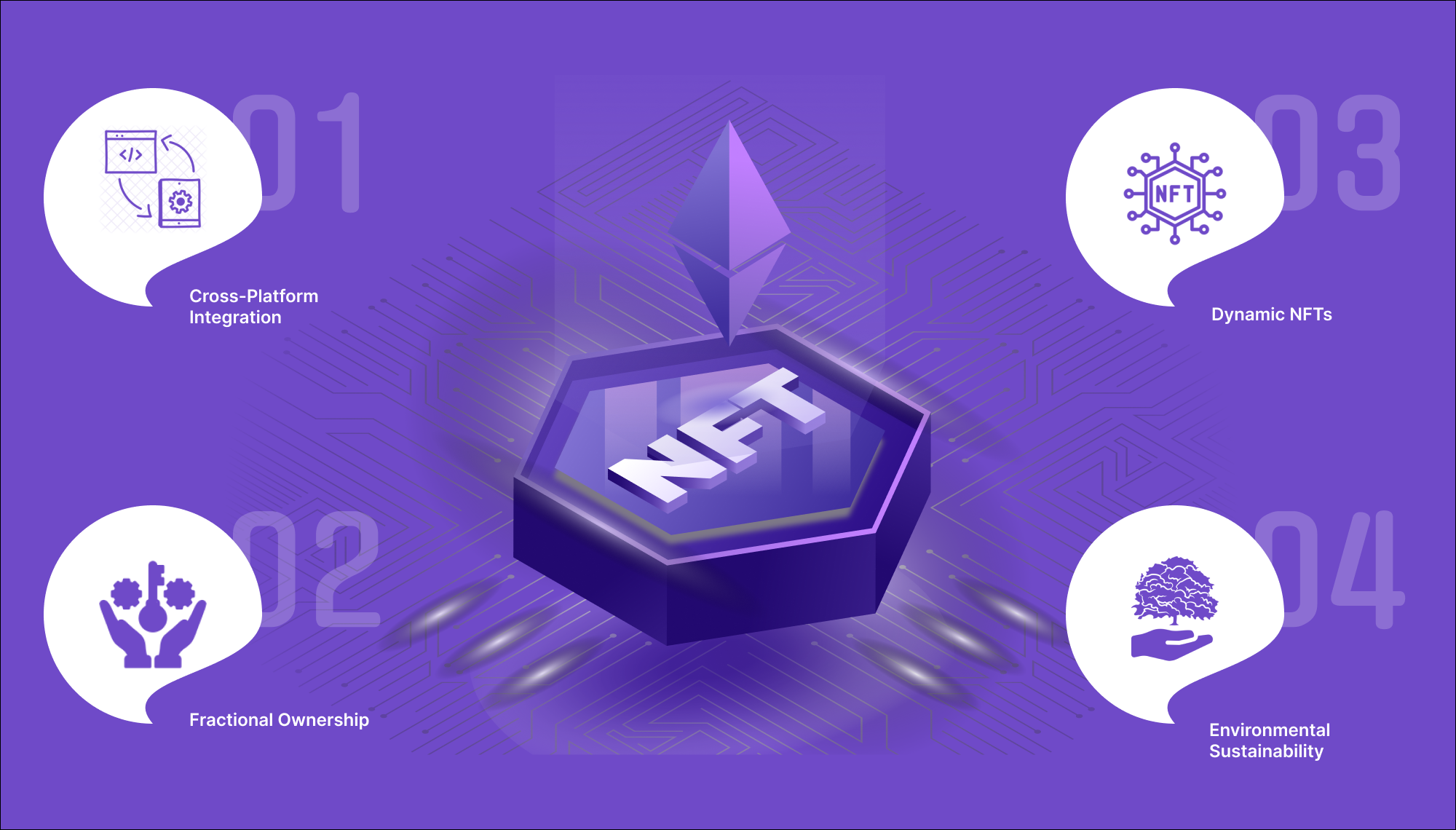
Looking ahead, several trends are shaping the evolution of NFT marketplaces:
1. Cross-Platform Integration
NFT marketplaces may increasingly collaborate and integrate with other platforms, including social media, gaming, and e-commerce, to reach broader audiences and facilitate seamless NFT transactions.
2. Fractional Ownership
Fractional ownership enables multiple investors to own a fraction of an NFT, making high-value assets more accessible to a broader range of collectors. NFT marketplaces may incorporate fractional ownership models to democratize ownership and increase liquidity.
3. Dynamic NFTs
Dynamic NFTs are programmable tokens that can change or interact with external data based on predefined conditions. Marketplaces may support the development and trading of dynamic NFTs, opening up new possibilities for creativity and utility.
4. Environmental Sustainability
Concerns about the environmental impact of blockchain technology, particularly energy consumption, are prompting NFT marketplaces to explore more eco-friendly solutions, such as layer 2 scaling solutions and proof-of-stake (PoS) consensus mechanisms.
Check out Our Latest Blog Post About Open Source Crypto Exchange
Challenges in NFT Marketplace Development
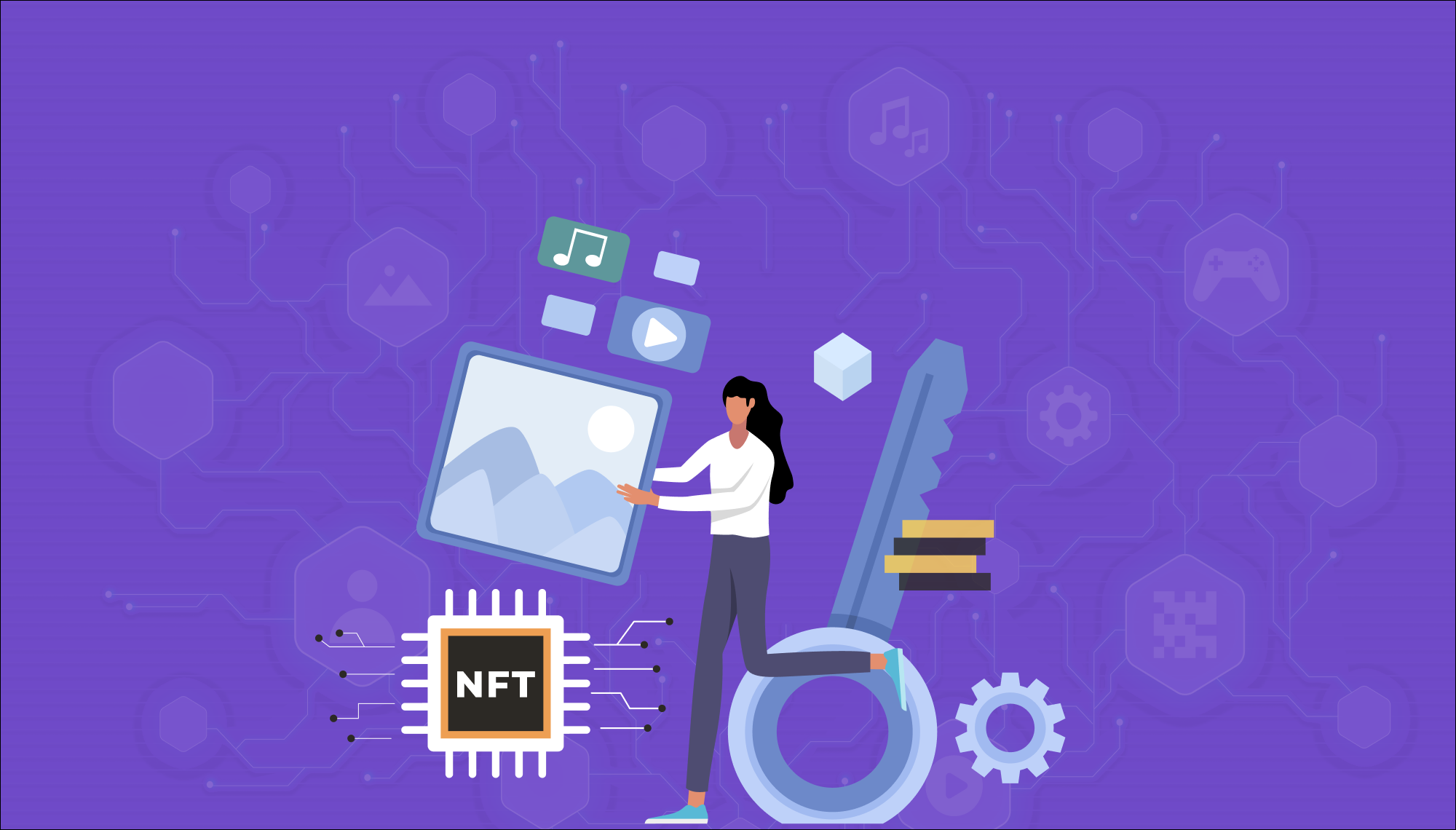
Despite the opportunities presented by NFT marketplaces, several challenges exist in NFT marketplace development and their operations:
1. Gas Fees
Transaction fees on blockchain networks, known as gas fees, can be prohibitively high during periods of high network congestion. Minimizing gas fees while maintaining transaction speed and security is a significant challenge for NFT marketplaces.
2. Regulatory Compliance
NFT marketplaces must navigate regulatory frameworks governing digital assets, intellectual property rights, and financial transactions.
Compliance with anti-money laundering (AML) and know your customer (KYC) regulations is essential to prevent illicit activities and ensure legitimacy.
3. Security Risks
As with any online platform dealing with valuable digital assets, NFT marketplaces are vulnerable to security threats such as hacking, phishing, and fraud.
Implementing robust security measures, including encryption, multi-factor authentication, and auditing, is crucial to protect users’ funds and data.
4. Market Fragmentation
The proliferation of NFT marketplaces can lead to fragmentation, with creators and buyers spread across multiple platforms.
Consolidating liquidity and fostering interoperability between different marketplaces can address this challenge and enhance the overall ecosystem.
Final Words
NFT marketplace development represents a dynamic and rapidly evolving space within the blockchain ecosystem.
As the demand for NFTs continues to surge across various industries, the development of robust, user-friendly marketplaces is essential to support the creation, exchange, and ownership of digital assets.
By addressing key challenges and embracing emerging trends, NFT marketplaces can unlock new opportunities for creators, collectors, and investors in the digital economy.
If you want to develop your own NFT marketplace, hire Appinop Technologies now. We are a leading blockchain development company having the team of proficient blockchain developers who are experts in providing customized and cost-effective NFT marketplace development services.
Top Rated Application Developers on Clutch
Appinop Technologies
We are a closely knitted bunch of thinkers, designers, developers and investors who are committed to transform the user experience by inventing and reinventing techniques that return high user engagement and increase share ability. Be it Android or iOS Mobile App or an Ecommerce portal, we strive to deliver only the best even if it takes repeated revisions.







